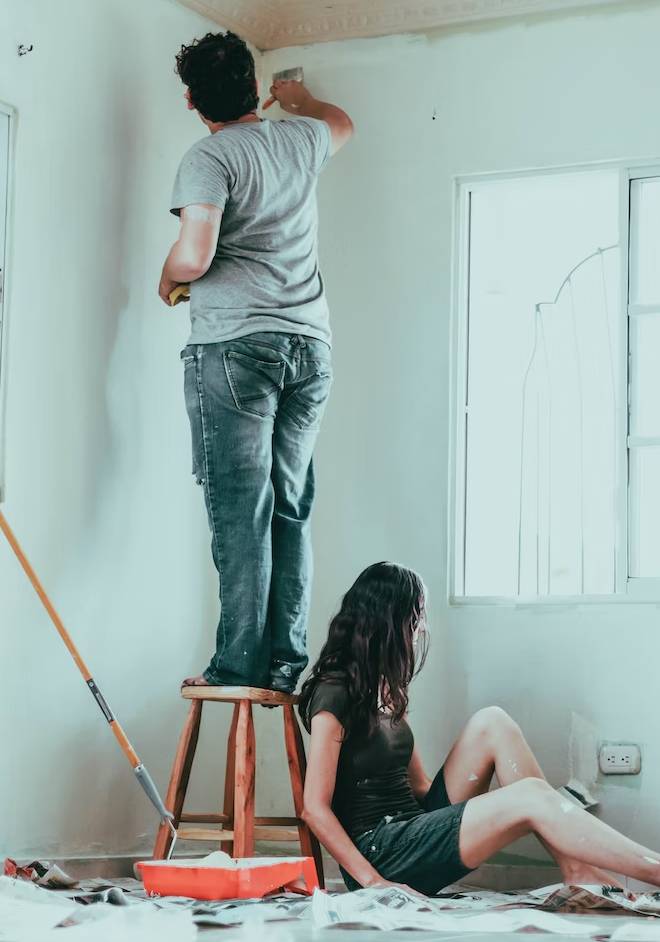Allergic to Your House? How to Prevent Indoor Allergies
Dec 26,2019 — By
Connie Uy
It’s one thing having allergies outside, but it’s another getting affected in our own homes. Considering that we spend the vast majority of our time inside, indoor allergies cause serious problems for many (pollutants here are up to five times stronger!).
Sadly, allergies can cause itching, sneezing, wheezing, and other reactions. Before getting your hopes up, we should note that removing allergens entirely is impossible. However, you can reduce your exposure, and this is the advice we have today!
Common Allergies
What are the most common allergies in homes?
- Mold - Seen in dark and damp locations like poorly-ventilated bathrooms, basements, and others, mold is a common problem in even the cleanest of homes. Although generally harmless, mold can cause dry, itchy skin and respiratory issues. Also, there are some forms of mold that have a higher risk of harming inhabitants and this includes black mold.
- Dust Mites - Again, we find a common allergen in these tiny insects. Thriving in warm, humid, moist environments, they feed off flakes of human skin and, even though they’re not obviously noticeable, can hide out in furniture and bedding. They cause nasal congestion, itching, and watery eyes.
- Pets - Did you know that dogs and cats continually shed particles of dander and dust? As they become airborne, they move through the home and cause allergic reactions. Elsewhere, some people react to the protein in animal feces, saliva, and urine.
- Pollen - Finally, we tend to associate pollen with the great outdoors but there’s no reason why it can’t be tracked inside. As well as people, pets can bring pollen indoors. If you’ve had a reaction recently, don’t assume it’s your pet because it could be the pollen they’re carrying indoors instead.

Tips to Reduce of Allergens
Here are four tips for reducing allergens and limiting reactions!
- Use Special Sheets and Covers - Squeezing a mattress into the machine would be a tough task, so we recommend vacuuming regularly and then letting your mattress air out. Also, the market these days is full of dust-mite resistant pillow cases and sheets. If you wash these covers every so often, you should take the first step to an allergy-proof bedroom.
- Steam Clean Carpets - In fact, we recommend replacing carpets with a washable rug. If you like your carpet too much, know that they’re a hub for allergens since they keep the floor warm and cozy. With this in mind, don’t be afraid to steam clean; this should deal with pollen, dander, dust, and more.

- Vacuum Frequently - We know, the last thing you need is another chore on the to-do list. However, frequent vacuuming is one of the best ways to remove dust and other allergens from sofas, flooring, furniture, behind the TV, behind the fridge, and more.
- Clean the Furnace Filter - With any HVAC system, it’s essential to invest in a high-quality air filter. From here, keep the allergens to a minimum by changing it every couple of months. Remember, when allergens get into the system, they have free travel around the cooling and heating vents.







